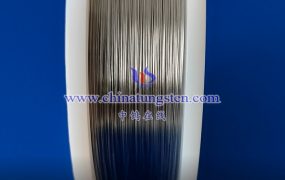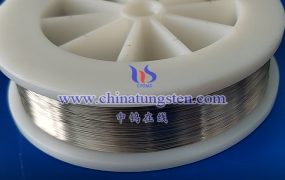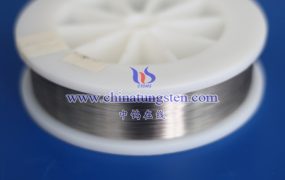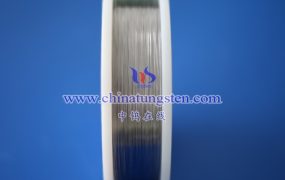Heat treatment processes (such as annealing and stress relief) significantly influence the performance of cleaned tungsten wire:
- Crystal Structure Optimization:
- Annealing (1000–2000°C) promotes grain rearrangement, reduces dislocation density, and improves ductility.
- Controlling grain size (e.g., via potassium doping) enhances high-temperature creep resistance.
- Elimination of Internal Stress:
- Residual stress from drawing is relieved through annealing, reducing the risk of brittle fracture.
- Stress-relief treatment (approximately 800–1200°C) improves mechanical stability of the tungsten wire.
- Improvement in Electrical Properties:
- Heat treatment optimizes resistivity and electron work function, making the wire suitable for filament or electron tube applications.
- Enhanced High-Temperature Performance:
- High-temperature annealing (>1500°C) forms a stable fibrous crystal structure, increasing resistance to high-temperature deformation.
- Surface Impact:
- Heat treatment must be conducted in vacuum or hydrogen to prevent oxidation that affects surface quality.
Improper heat treatment (e.g., excessively high temperature or prolonged duration) may cause excessive grain growth and reduced strength; therefore, process parameters must be precisely controlled.
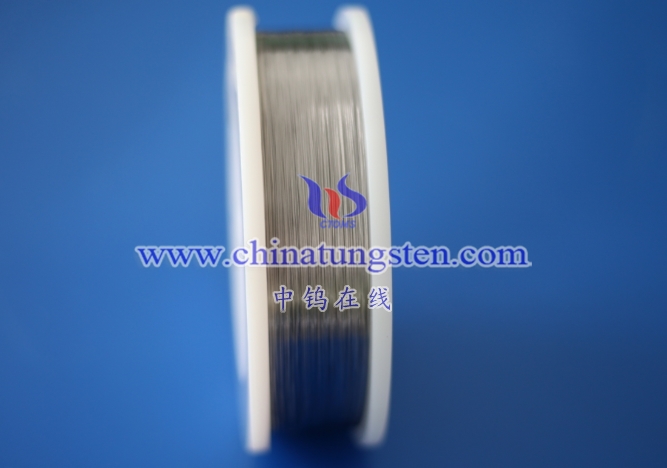
More details of tungsten wire, please visit website: http://www.tungsten-wire.com.cn/
Please contact CHINATUNGSTEN for inquiry and order of tungsten wire:
Email: sales@chinatungsten.com
Tel.: +86 592 5129595
